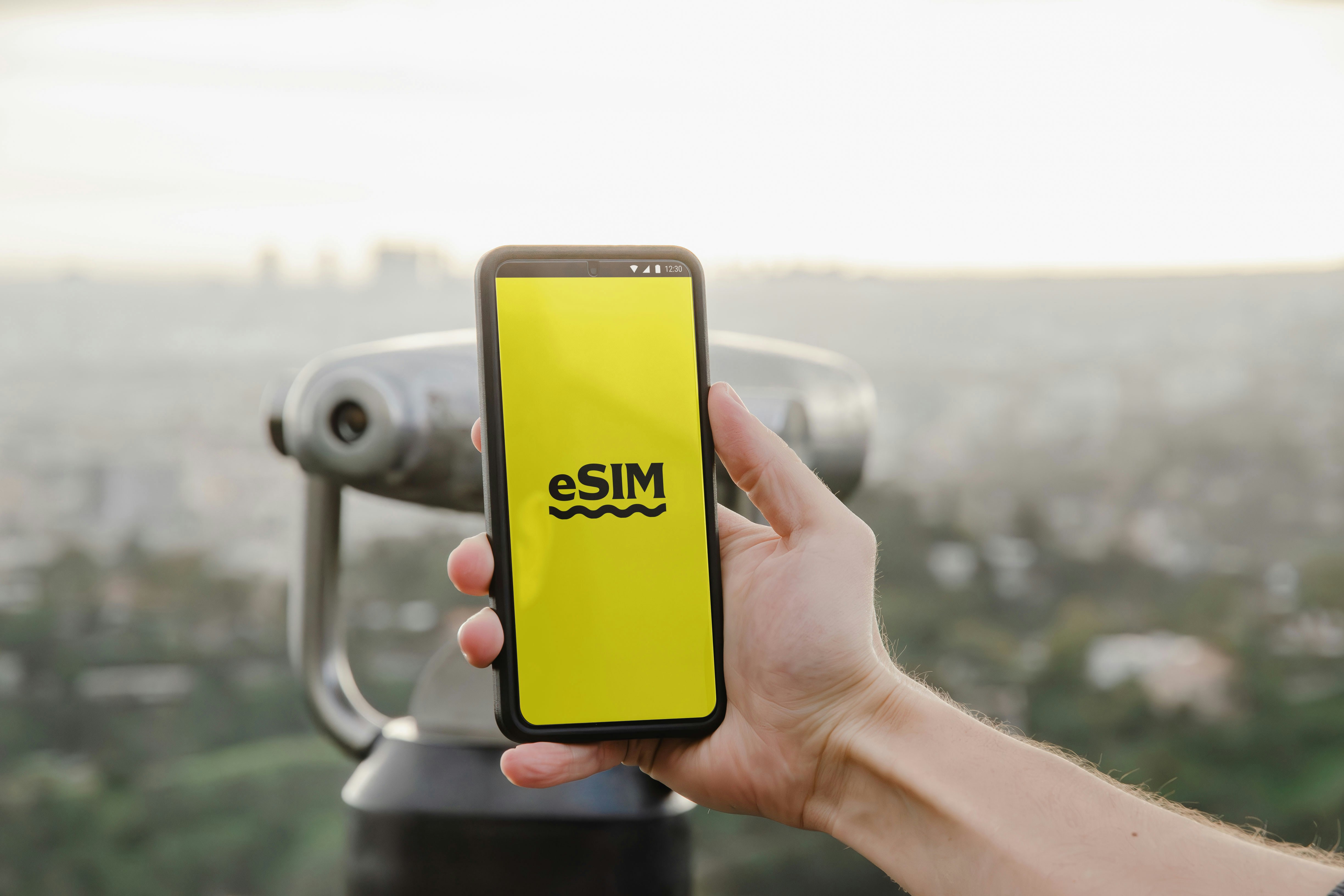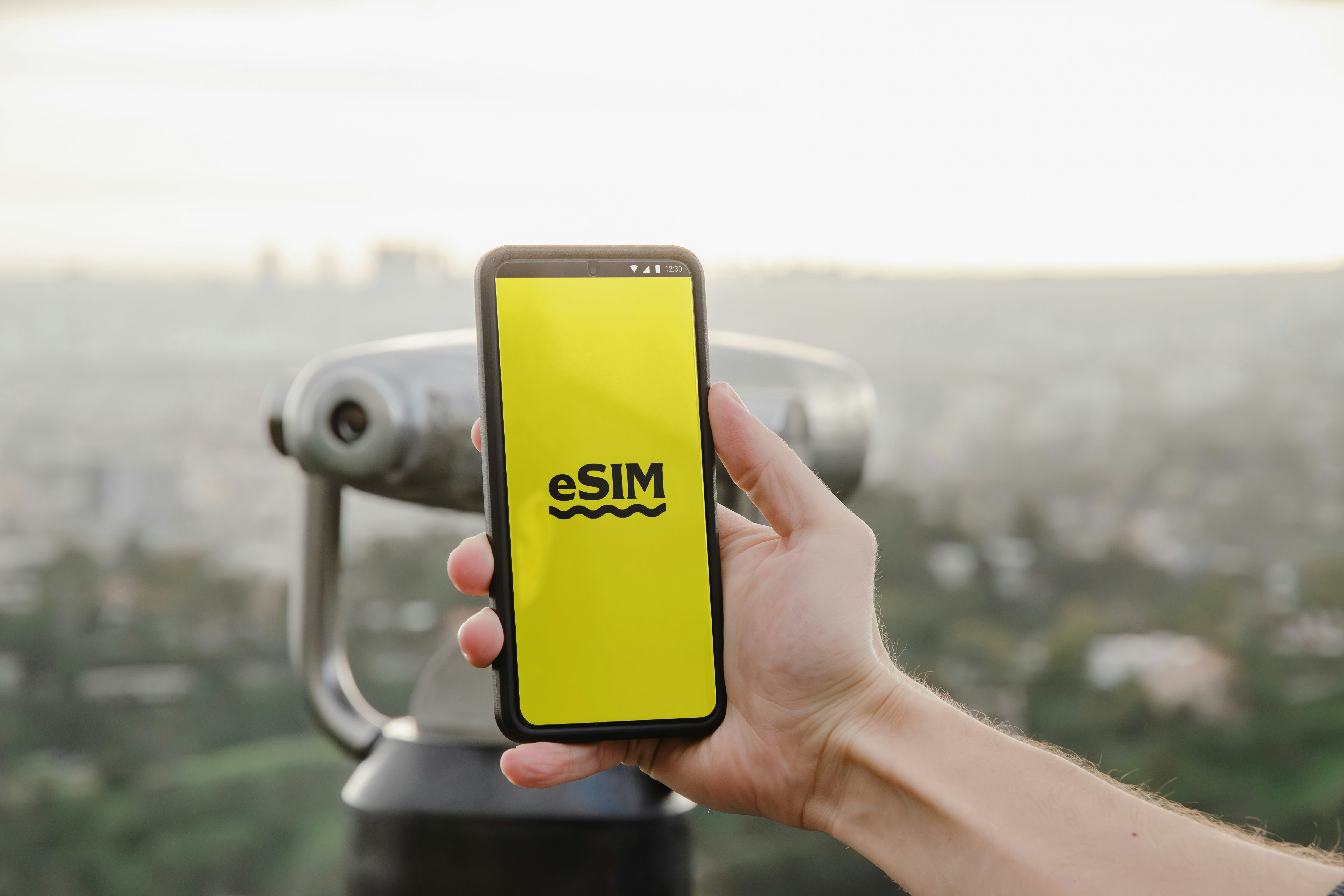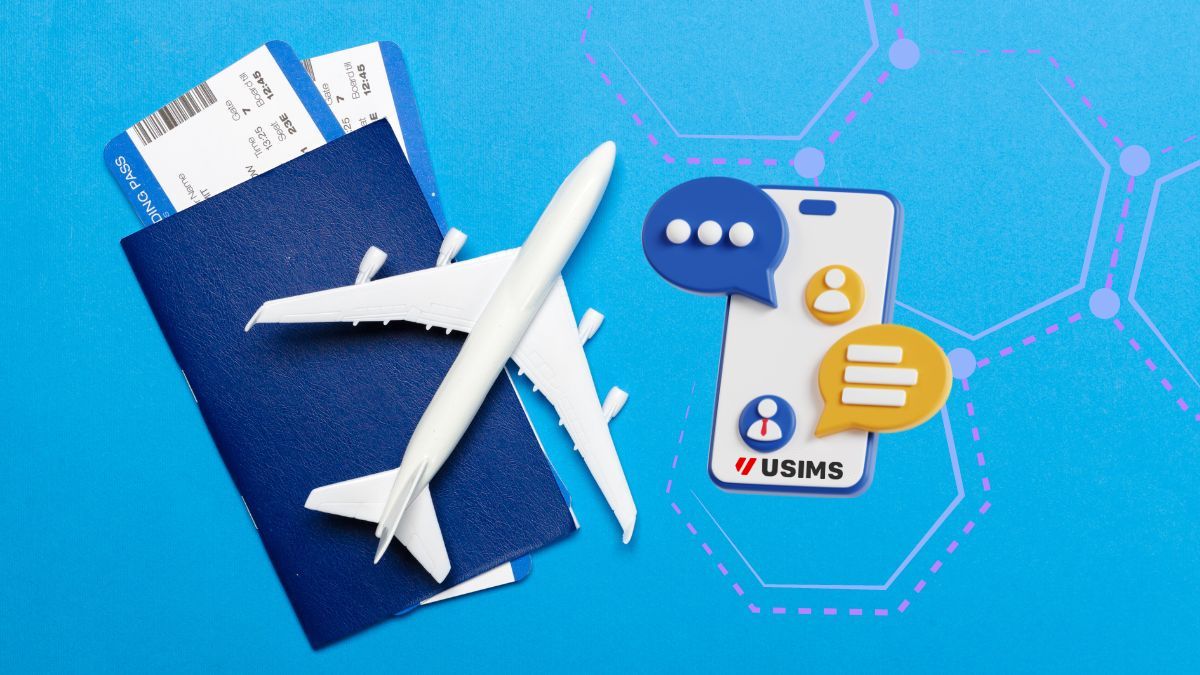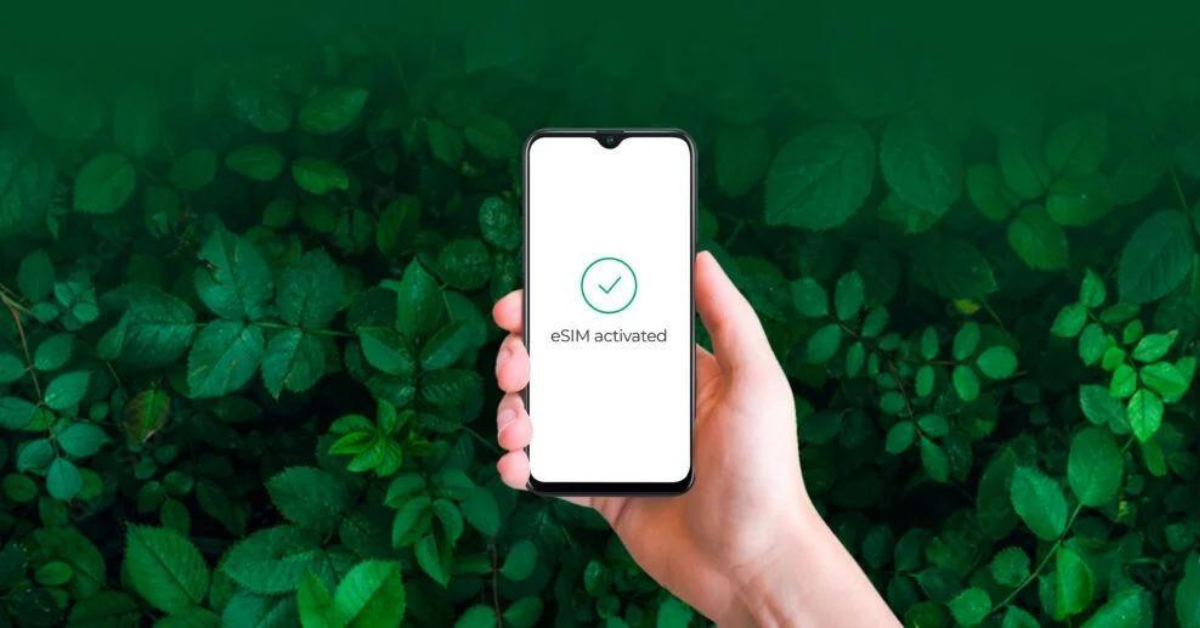
If you have been traveling internationally recently, you may have come across the term “eSIMs.” eSIMs, or electronic SIM cards, are a relatively new innovation in the technology and travel sector which allow travelers to stay connected with phone and messaging services while abroad. Unlike traditional SIM cards, visitors no longer need to purchase physical SIM cards to swap out in their phone. Instead, eSIMs allow them to simply toggle between providers and regions in their phone settings. That being said, there are still some nuances to eSIMs that may have you wondering if they are right for your next trip. Below we’ve answered some of the most common questions we get regarding eSIMs FAQs:
1. How do eSIMs work?
eSims work just like traditional plastic SIM cards do, but with an electronic activation process. Instead of needing to be inserted physically into a device, eSIMs takes the form of a downloadable application on your phone. This is one of the most common inquiries we receive in our eSIMs FAQs.
2. What’s the difference between an eSIM and a physical SIM card?
The difference between an eSIM and a physical SIM card is that the eSIM does not require any physical material whatsoever. Everything from beginning to end is completely digitized and managed through your phone. Without the physical limitations of a one card per SIM slot, eSIMs allow users to have multiple profiles on one device which can be switched between as travelers move from region to region. Understanding this difference is crucial and often highlighted in our eSIMs FAQs.
3. What are the benefits of eSIMs?
There are multiple pros to going electronic with your SIM cards. For one, they are a lot more convenient as you don’t have to go into a store and purchase a card, or fill out an application to get it shipped to your mailbox. It is also possible to switch regions at the click of a button in your settings as opposed to repeating the physical process of getting a new card. This also ties into the flexibility of storing multiple accounts on one device, meaning you can switch between phone numbers when abroad. This may be especially useful for people on international business trips who have separate contacts for work and personal lives. Finally, there is an environmental benefit to eSIMs as they eliminate plastic waste and one-time card usages. These are some of the key advantages we discuss in our eSIMs FAQs.
4. What are the cons of eSIMs?
Some of the cons of eSIMs come with the fact that it is still a new and emerging technology. With innovations, there may come learning curves and system errors. This means that those who are less technologically savvy may have issues with the switch to digital. Moreover, eSIMs are still not fully compatible with all device models out there, although they certainly cover a wide spectrum of the most common brands and their recent generations of devices. These limitations are often noted in our eSIMs FAQs.
5. Is my device compatible with an eSIM?
Before purchasing eSIMs, it is vital to check whether your device is compatible. While the specifics may depend on what eSIM company you go with, generally, eSIMs cover the past five generations of iPhones, Samsungs, and Google Pixels. Still, definitely do your own research on this one.
6. How much is an eSIM?
The cost of an eSIM varies depending on several factors, including your carrier, your travel plan, and your connection requirements. Some companies group together certain regions so that you can save on a package deal. For example, USims offers regional packages starting at just 10 EUR for over 20 countries at once.
7. How do I activate my eSIM?
Specific activation steps will vary depending on which app you go with. However, the overall process will be similar and resemble the steps below:
- Download the app from the App Store or Google Play.
- Provide your mobile phone number or whatsapp number to complete registration.
- Purchase an eSIM plan if you haven’t already.
- Activate the eSIM with the steps in-app. This usually involves going to settings, designating a travel eSIM, and toggling it “on” to use it.
If you value the ability to switch carriers without physical SIM cards, want to manage multiple profiles for travel or work, reduce roaming costs by subscribing to local plans when abroad, you can enjoy more flexible plan management and device design without the need for a physical sim with USIMS. To learn more about using eSim’s – get answers to all of your questions here.



